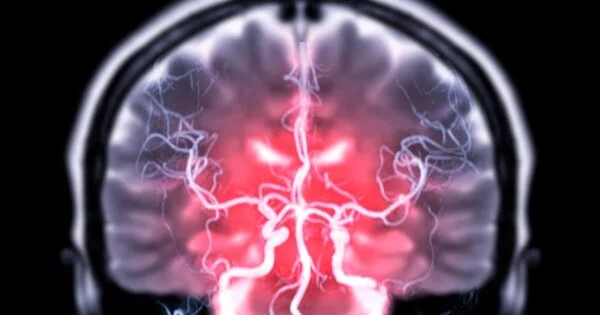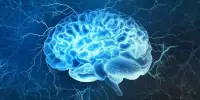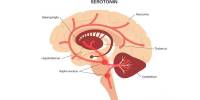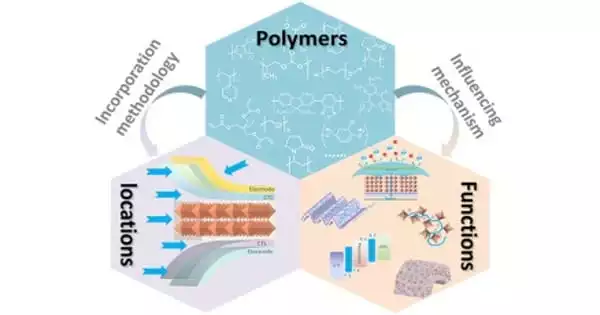Reading is a complex cognitive process involving many different brain networks and regions. It comes as no surprise that multiple networks are activated during reading. According to a UTHealth Houston study, when a person reads a sentence, two distinct networks in the brain are activated, working together to integrate the meanings of individual words to obtain more complex, higher-order meaning.
Oscar Woolnough, PhD, postdoctoral research fellow in the Vivian L. Smith Department of Neurosurgery at McGovern Medical School at UTHealth Houston, and Nitin Tandon, MD, professor and chair ad interim of the department in the medical school, led the study, which was published in The Proceedings of the National Academy of Sciences (PNAS).
“This study helps us better understand how distributed hubs in the brain’s language network work together and interact to allow us to understand complex sentences,” said Woolnough, first author on the study and member of the Texas Institute for Restorative Neurotechnologies (TIRN) at UTHealth Houston. “Our brains are remarkably interconnected, and for us to understand language requires a precise sequence of rapid, dynamic processes to occur in multiple sites all across our brain.”
This study helps us better understand how distributed hubs in the brain’s language network work together and interact to allow us to understand complex sentences. Our brains are remarkably interconnected, and for us to understand language requires a precise sequence of rapid, dynamic processes to occur in multiple sites all across our brain.
Oscar Woolnough
The research team performed recordings from the brains of patients with electrodes surgically placed to localize epilepsy in order to identify the specific roles and interactions of the brain areas involved in reading. These patients’ neural activity was measured while reading three types of sentences: regular sentences, “Jabberwocky” sentences with correct grammar and syntax but nonsense words that render them meaningless, and lists of words or nonsense words.
They discovered two brain networks that are important in the reading process based on these recordings. One network involves a frontal lobe region of the brain that sends signals to the temporal lobe, which shows progressive activation when a person builds up complex meaning along the length of a sentence.
The second network involves another region of the brain’s temporal lobe that sends signals to an area of the frontal lobe, allowing understanding of the context of a sentence to enable easier comprehension and processing of each new word that is read.

“Implanted electrodes in the brain give us unparalleled insight into the inner workings of the human mind, especially for fast processes like reading.” “Our findings show that most processes, such as comprehension or language generation, are best understood as very transient states achieved by many separate areas of the brain through very brief, yet critical, interactions,” said Tandon, the study’s senior author and the Nancy, Clive, and Pierce Runnels Distinguished Chair in Neuroscience of the Vivian L. Smith Center for Neurologic Research, as well as the BCMS Distinguished Prof.
The language network is primarily involved in processing and comprehending written and spoken language. It encompasses several brain regions, including the left hemisphere’s Broca’s area and Wernicke’s area. This network helps with decoding words, understanding sentence structure, and assigning meaning to text.
Understanding the science behind the extremely fast and complex process of reading will allow researchers to learn more about how the brain functions during dyslexia. Finally, they hope that their findings will help guide treatment options for the reading disorder, which affects about 15% of people in the United States.
The study was supported by a five-year, $4.4 million grant from the National Institutes of Health’s Brain Research Through Advancing Neurotechnologies (BRAIN) Initiative, which aims to accelerate the development and application of innovative technologies in order to create a new dynamic picture of the human brain.















